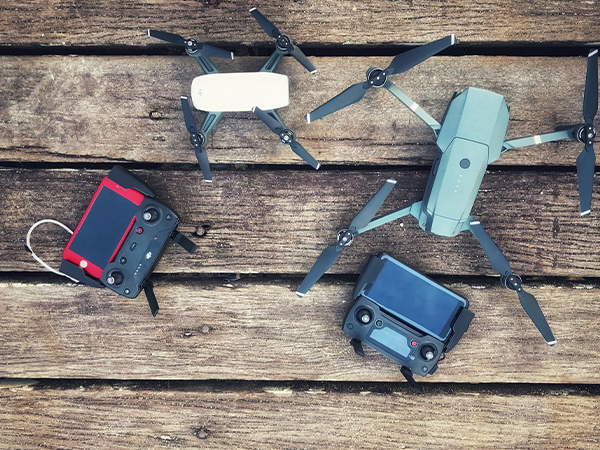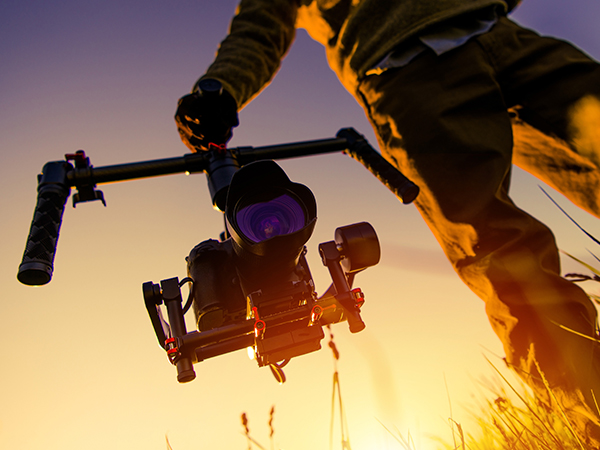While most business owners understand the need for a Lakeland video production, the only reason why they don’t easily invest in this is because of the price. Many business owners are scared of the fact that they have to put in a lot of money into a video production. What they don’t realize is that the benefits and the return of this investment are astounding. If you notice that your business is not attracting as much customers as it should, maybe you’re lacking in advertising and promotional strategies.
One of the most effective strategies to introduce a new business, a product, or a service is the use of video production. You can choose from a variety of video productions—testimonials, instructional videos, skits, short stories, etc. However, that means you also have to shell out a lot of money here because hiring a company to produce a video will be a little expensive than most of your traditional and even modern promotional and advertising strategies.
Depending on the duration of your video, you can spend as low as $700 to as high as $1,500 for every minute of video. The cost will include everything—from writing a script to using talents to illustrating footage to editing to the final phase of the production. The final price of the video will always depend on what you expect to see on that video once it is finished.
A drone for aerial footage will obviously cost more than a camera person who is on the ground and taking footages. A custom animation of your company logo will cost more. Any type of graphics will add premium to the price of the whole project.
Remember, there are many phases to a video production. Even the short ones will have to go through the pre-production, the production, the post-production, and the distribution phases. There’s a lot that goes on to creating a video, specifically one that ought to sell your products and services.
Under the pre-production, the company will do the creative concept, script writing, research and meetings, and location scouting and permits. For production, there’s the video equipment use/rental, professional crew, studio rental, set design, and props, actors, voice-overs, and on-camera talent, and specialty items.
The post-production includes logging of footage, transcription of interviews, off-line edit, production music and stock footage, graphics and animation, and final on-line editing. Finally, in terms of distribution, there should be a duplication (straight-play DVD compression), creation of interactive media (DVD authoring), and compression for internet use.







0 Comments